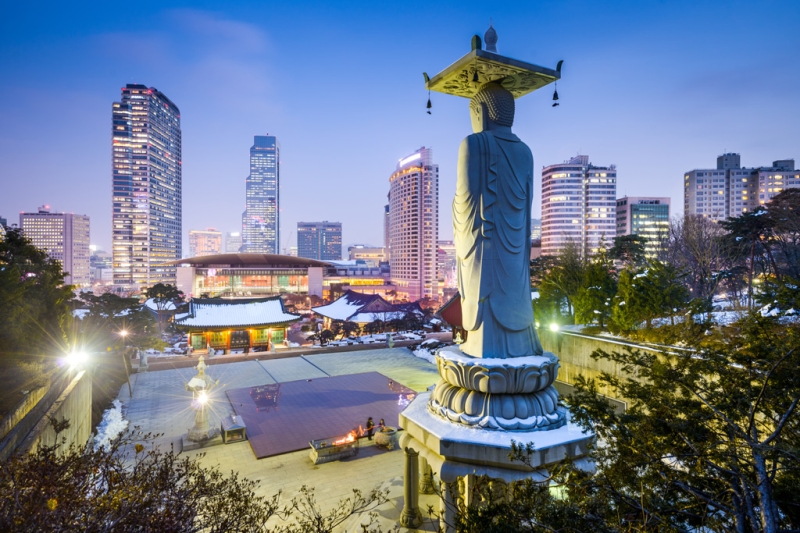
Several years ago, South Korea abolished visas for Russian citizens. A visa is still required only for students, migrants and those who intend to work in the country. But tourists can stay in South Korea for up to 60 days. We found ten reasons to travel to a country that, in less than half a century, has transformed from the most backward corner into one of the most progressive states in the world. But with all the speed of this progress, ancient traditions are still respected in Korea.
Treatment and recovery
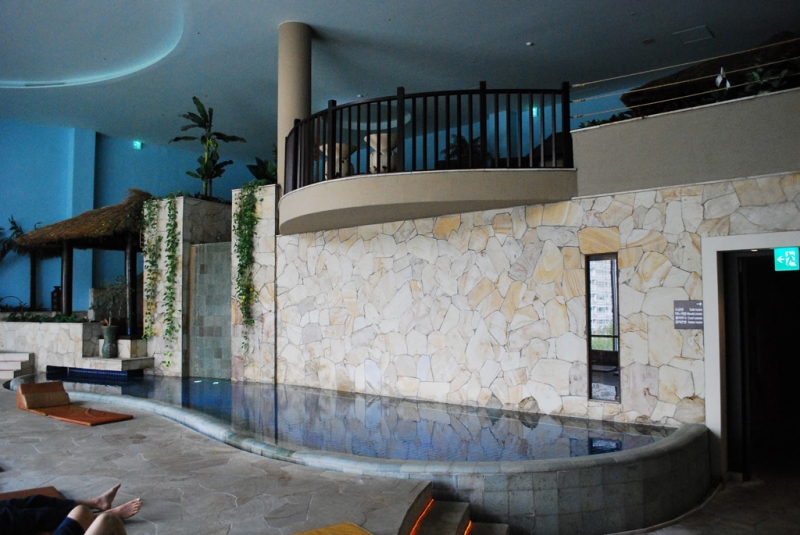
South Korea is quite popular among tourists who want to improve their health. The healthcare system here is one of the best not only in Asia, but throughout the world. The main directions of medical tourism: plastic surgery, dentistry, gynecology, oncology. In addition to the latest medical centers, you can undergo treatment using traditional Korean methods – this will certainly appeal to those who do not like doctors and medications, preferring traditional methods of treatment.
You can strengthen your health and immunity in a chimchilban. On the Internet, such a place is usually called a “Korean bathhouse,” which, to put it mildly, does not even come close to reflecting its capabilities. As a rule, this is a large complex with a sauna, massage, swimming pool, bathhouse, fitness center, cafe and other conditions for a good rest with benefits for the body. The most famous chimchilbans in Seoul: Dragon Hill Spa, Sports Club Seoul Leisure and The Spa in Garden 5.
Seoul Nightlife
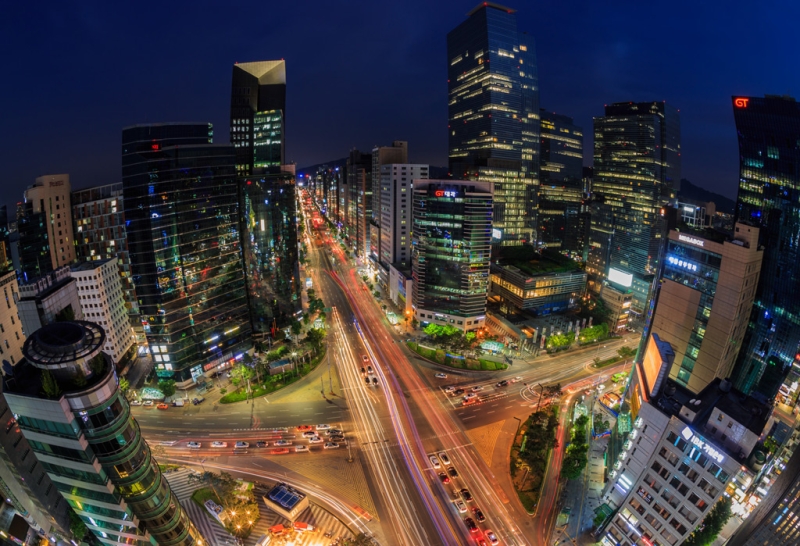
Seoul is one of those cities that never sleeps. In principle, this can be said about any metropolis, but life in the South Korean capital really does not stop for a second. There are always crowds of people on the streets: during the day they rush to do business, in the evening and at night they rush to clubs, bars and restaurants.

Interesting excursions from local residents in Seoul
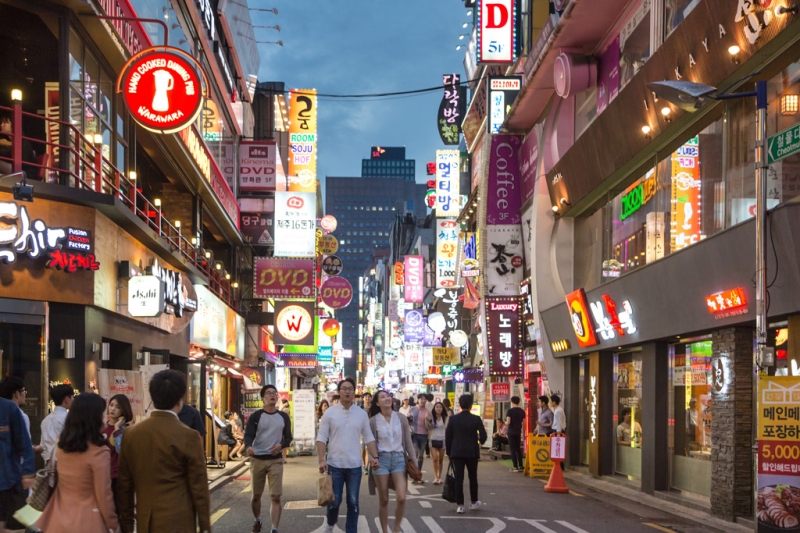
Colorful establishments are at every turn here – both inexpensive and top-level, where the bill per night can easily be equal to the budget of the entire trip to South Korea. The most hurricane-prone area of Seoul in this regard is Gangnam-gu. This is the epicenter of the capital’s party life. Lovers of cocktails, parties until the morning and spontaneous acquaintances should settle here.
Gyeongju
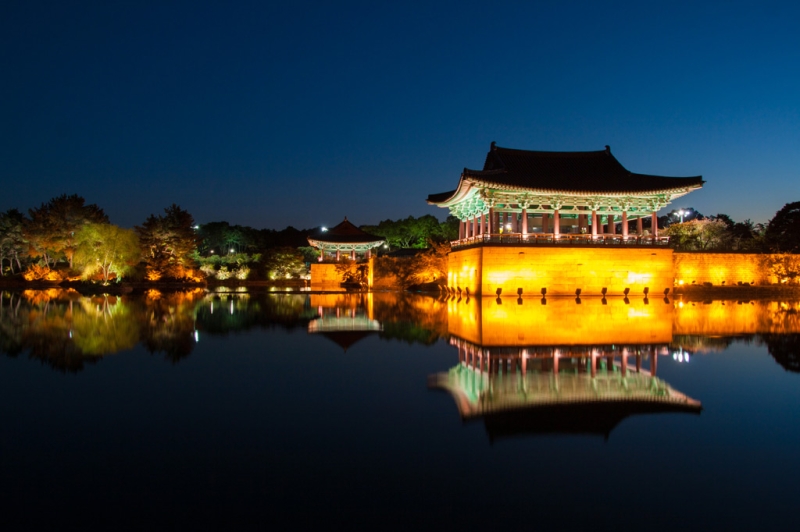
In ancient times, this city was the capital of the Silla state, and now attracts travelers with many monuments of Korean culture. It is home to the national park of the same name, as well as the impressive Gyeongju National Museum, which displays ancient Korean objects, as well as clothing, sculpture and painting.
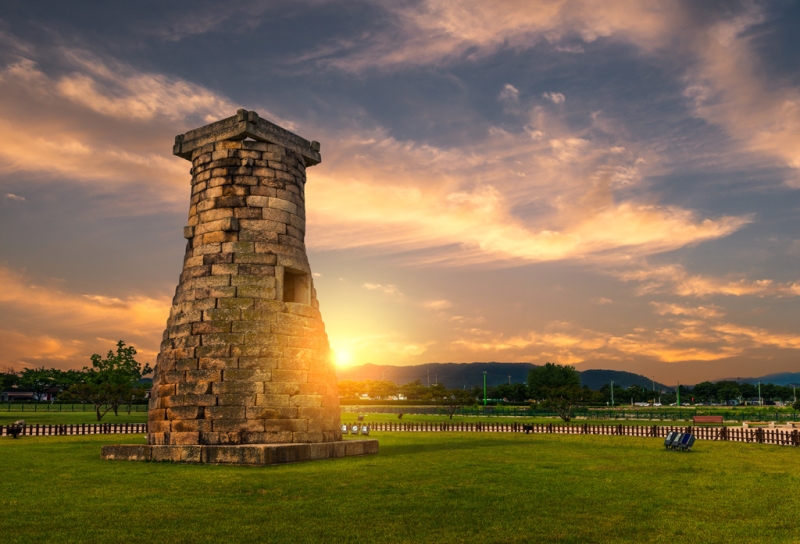
In the center of the city you will find Myonghwal and Wolseong fortresses, and a little further away is Pomun Lake. You can stay longer near it, because there is the Posum summer theater, numerous resorts, hotels and a huge park. The city is considered one of the main tourist destinations in South Korea, so it regularly hosts festivals and exhibitions, including international ones.
Jeju
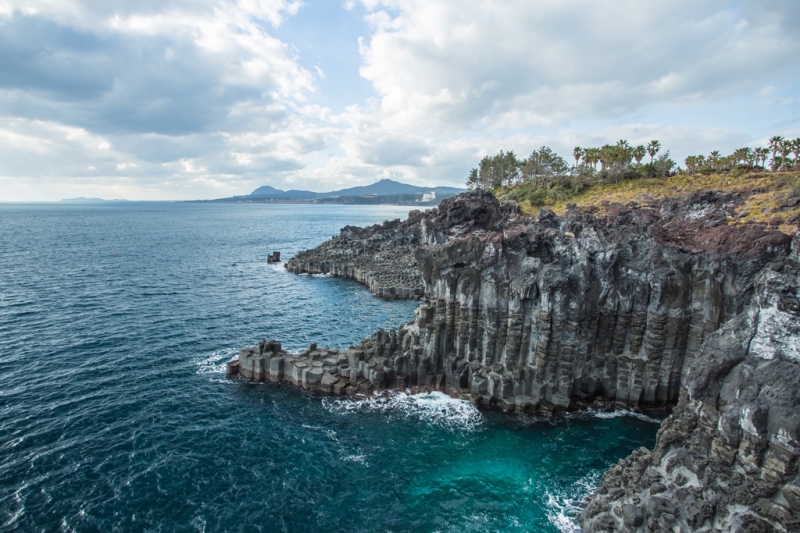
The largest island in South Korea is a resort with a good climate. There are still few tourists here, and the infrastructure is well developed. There are several resort areas, the most famous of which are Seogwipo and Jungmun. They have equipped beaches with all amenities for vacationers. Here you can also go diving, horse riding and archery.
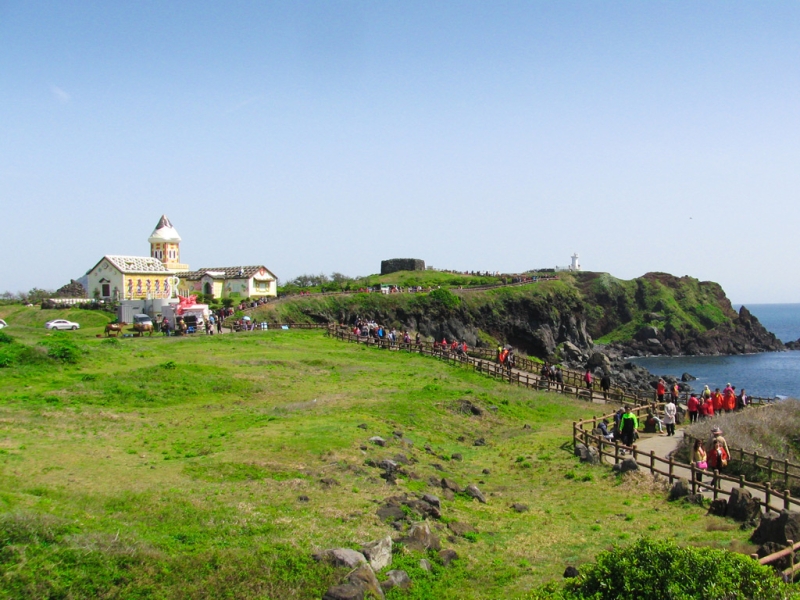
Jeju is popular among honeymooners, and some places are designed especially for them. If you are not the shy type, take a look at the Love Land park – there are about 140 sculptures frozen in unambiguous poses. Well, if you prefer classic tourist spots, welcome to a traditional Korean village. And the most interesting object on the island is Mount Hallasan, this is the highest point (1950 meters) on Jeju and the best place to photograph the sunrise.
Seoraksan National Park
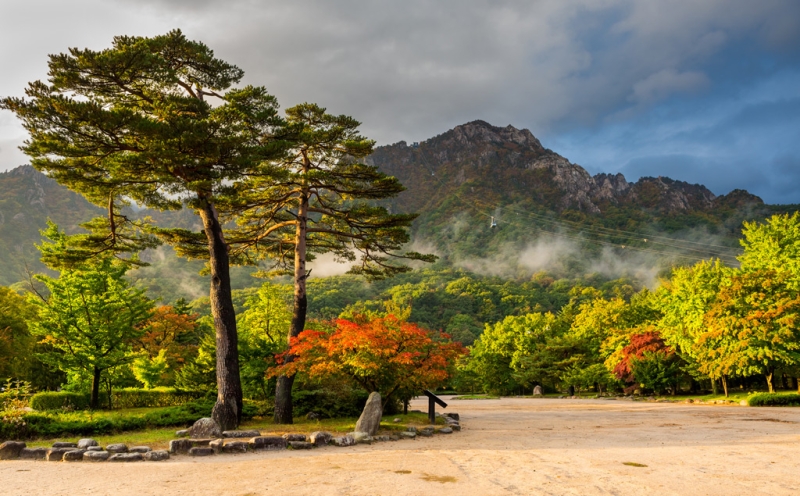
The Taekabsan Range runs through the eastern part of South Korea. The highest point is Daecheonbong Peak – 1708 meters in height, it is second only to Hallasan Volcano and Mount Chirisan. The national park is especially popular among tourists in the fall, when the trees turn bright yellow and red.
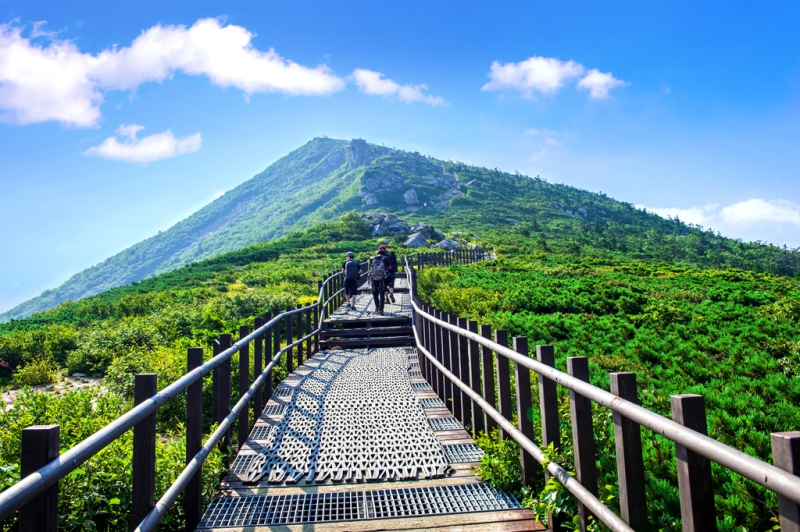
However, there is something to see here even in summer. The park contains unique plants, including dwarf cedar and edelweiss. Animal lovers will be able to get up close and personal with the Korean musk deer, Himalayan bear and eastern goral. The site has been a candidate for inclusion in the UNESCO World Heritage List since 1994.
Busan
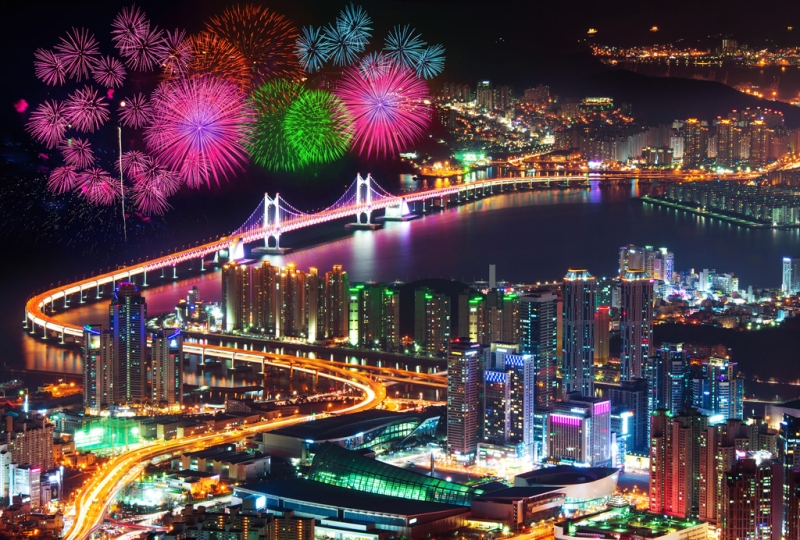
It is the second largest city in Korea and is home to more than three and a half million people. The largest port is located here, as well as a huge number of resorts and sanatoriums. In 2002, Busan hosted the FIFA World Cup – there were definitely enough tourists then, but even after the high-profile sporting event, the city was not forgotten.
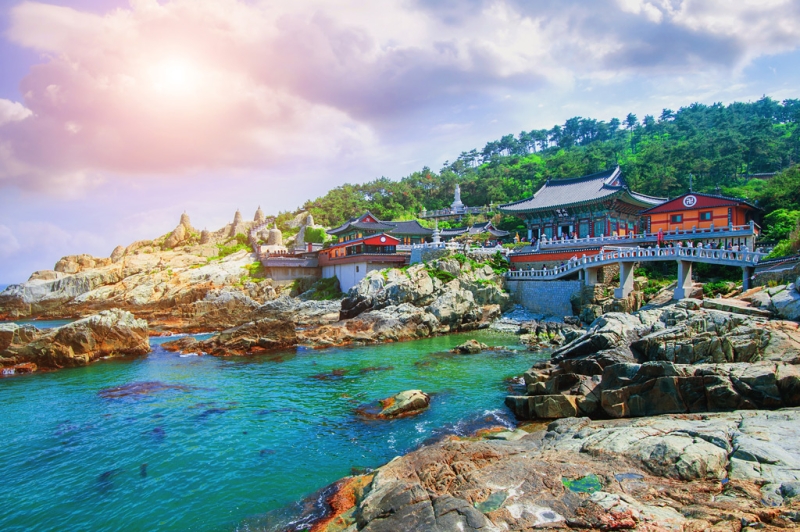
Busan has world-class beaches, national parks, and hot springs. However, the main attraction of the city is the Buddhist temple of Beomeosa, where three incarnations of Buddha are located. It was built on Mount Krimjeongsan in 678. The temple is one of the oldest in South Korea.
Namsangol Hanok
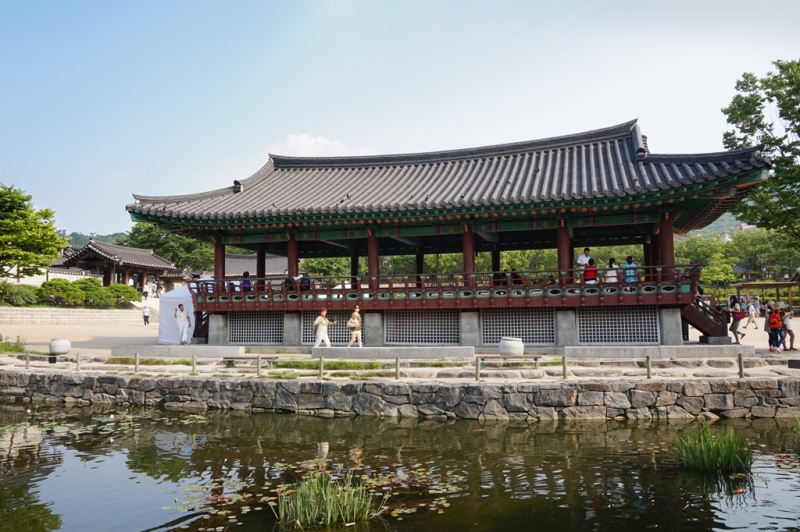
The long name belongs to a traditional Korean village near Namsan Mountain. Or rather, it is a museum located in the center of Seoul. But being here, it’s easy to forget that skyscrapers, neon signs, expensive boutiques and pretentious establishments are within walking distance.
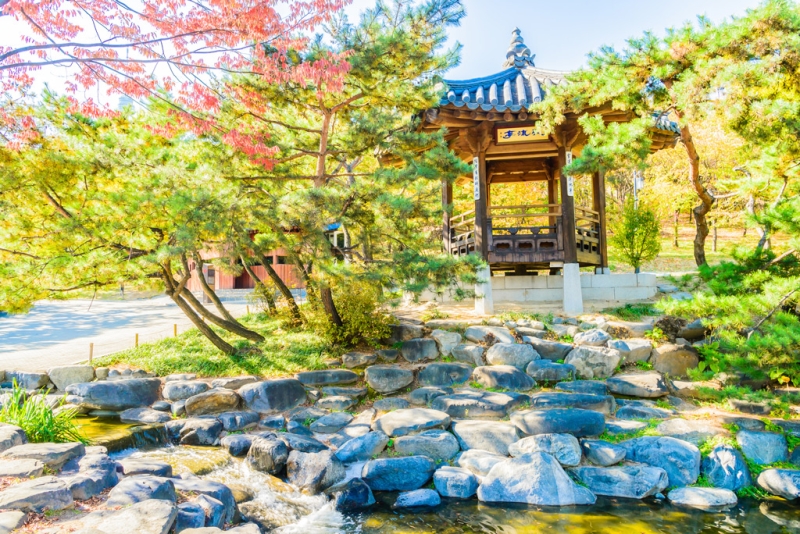
The museum opened in 1998 and includes the Namsan Gugaktan Traditional Korean Music Center, a classical Korean garden, and a time capsule site. You can appreciate the national architecture – there are five hanoks (houses) here. All of them at one time belonged to people of different social classes, and you can see the difference in decoration and decoration between the houses of wealthy and less wealthy Koreans.
“Shinsega Sentum City”

In shopping centers in South Korea you can buy absolutely everything. Moreover, you don’t have to go to Seoul to do this. For example, Busan is home to the world’s largest department store, Shinsegae Centum City. You can walk through the halls from morning to evening for several days, which will certainly delight female travelers and darken the mood of travelers. However, sometimes this can be beneficial: they left their companion in a department store, and they themselves walked around the city.

In addition to the usual global brands, Shinseg Centum City presents many local Korean brands that specialize in cosmetics and accessories.
Lotte World Amusement Park
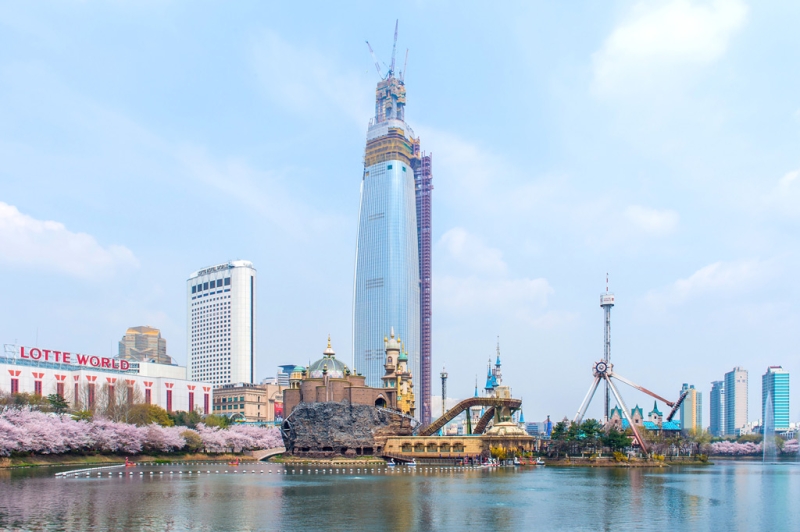
This park will keep you busy for the whole day, and the attractions will appeal to both adults and children. They say that the roof of Lotte World is visible even from satellites. The park is open without breaks on weekends, every day from morning to evening.
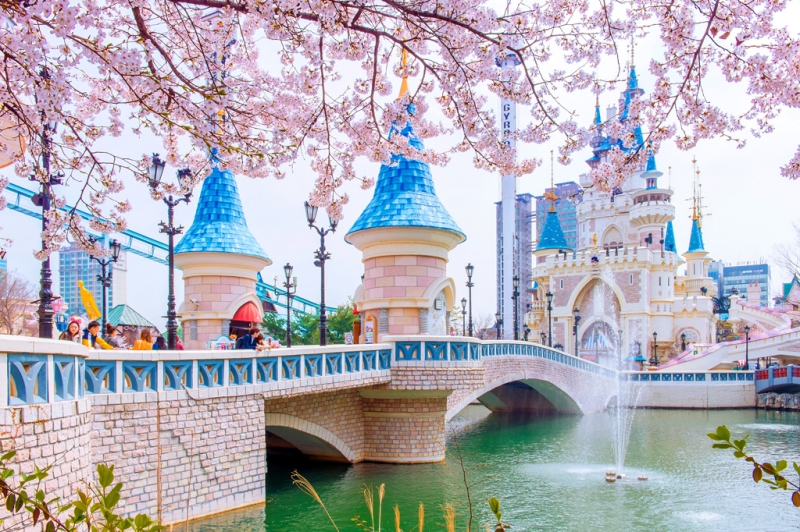
In addition to attractions, you will find a shopping center, a cinema, several cafes and a hotel. Lotte World is a great place for a family holiday. It’s more aimed at children, but adults won’t be bored either.
Five Great Palaces
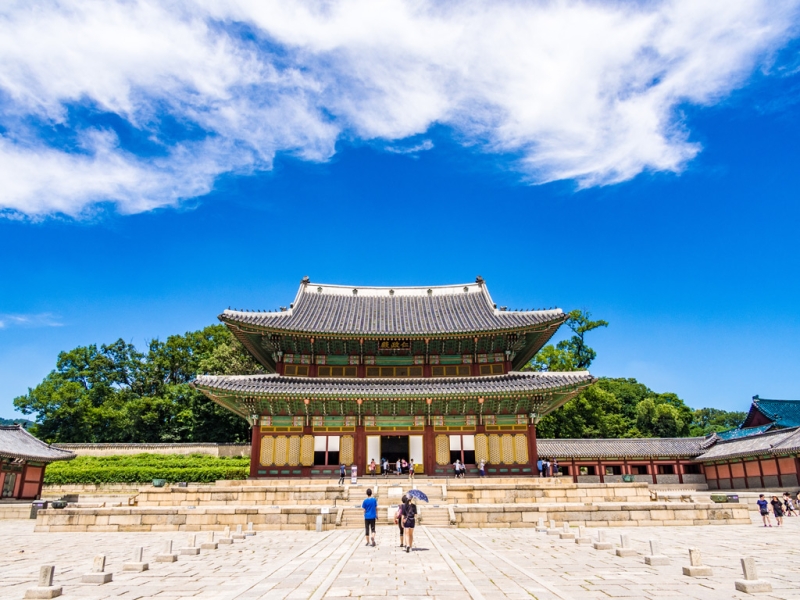
There are five palaces of the Joseon Dynasty in Seoul: Changgyeonggung, Deoksugung, Gyeonghigun, Gyeongbokgung, Changdeokgung. One of them, Gyeongbokgung, was destroyed during the Imjin War in the sixteenth century, and was restored in the mid-nineteenth century. Changgyeonggung also suffered, but mostly due to time. In 1983 it was completely restored.
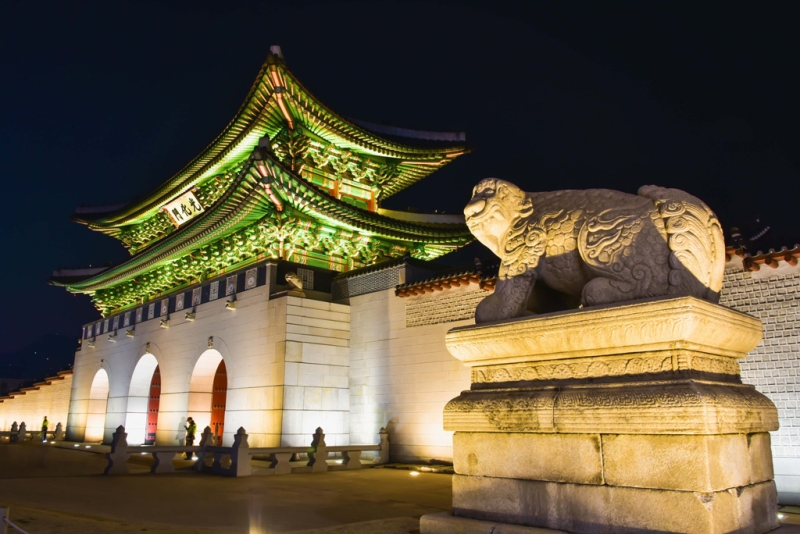
On the territory of Changdeokgung Palace you can find the “Secret Garden” of Huwon, which is divided into four sectors with different landscapes. The garden was made without interfering with nature, so it remained untouched. Deoksugung is distinguished by its European-style interiors, and Gyeongheggung was a royal residence during the Joseon Dynasty and its decoration is particularly luxurious. It’s difficult to single out just one palace – they are all worthy of a visit.

